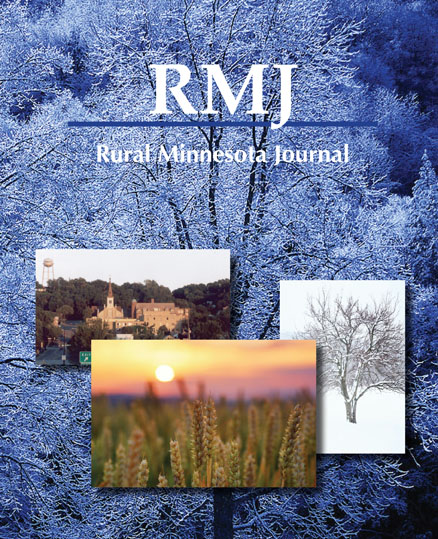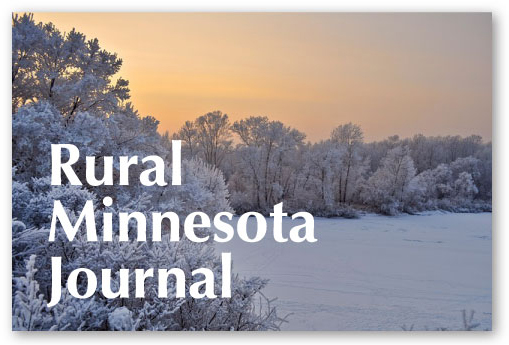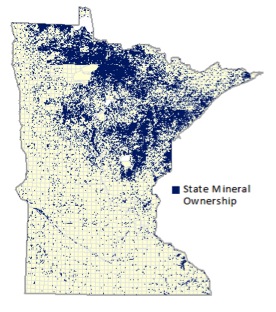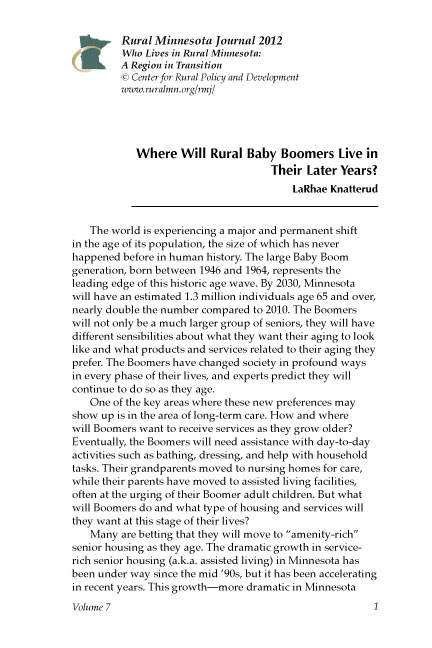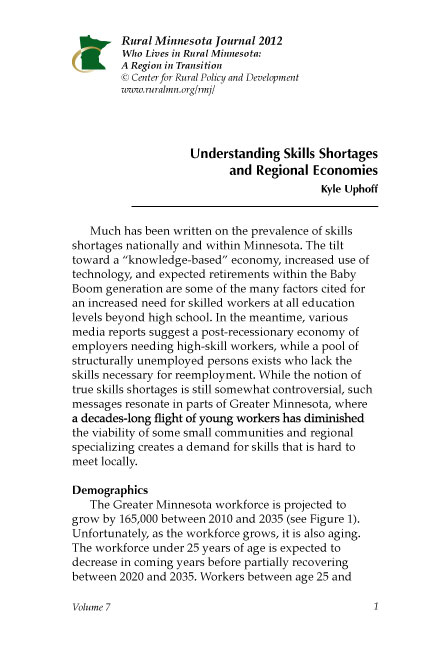Ag bioscience could be key to Minnesota’s economic future
By Teresa Spaeth Minnesota’s economic future may well be rooted in its historic leadership in agricultural production, a new report shows. Agbioscience as a Development Driver: Minnesota Agbioscience Strategy, was done by the world-renowned Battelle Technology Partnership Practice. Ag bioscience is a term that refers to agriculture and the related biosciences. From food safety to ...

